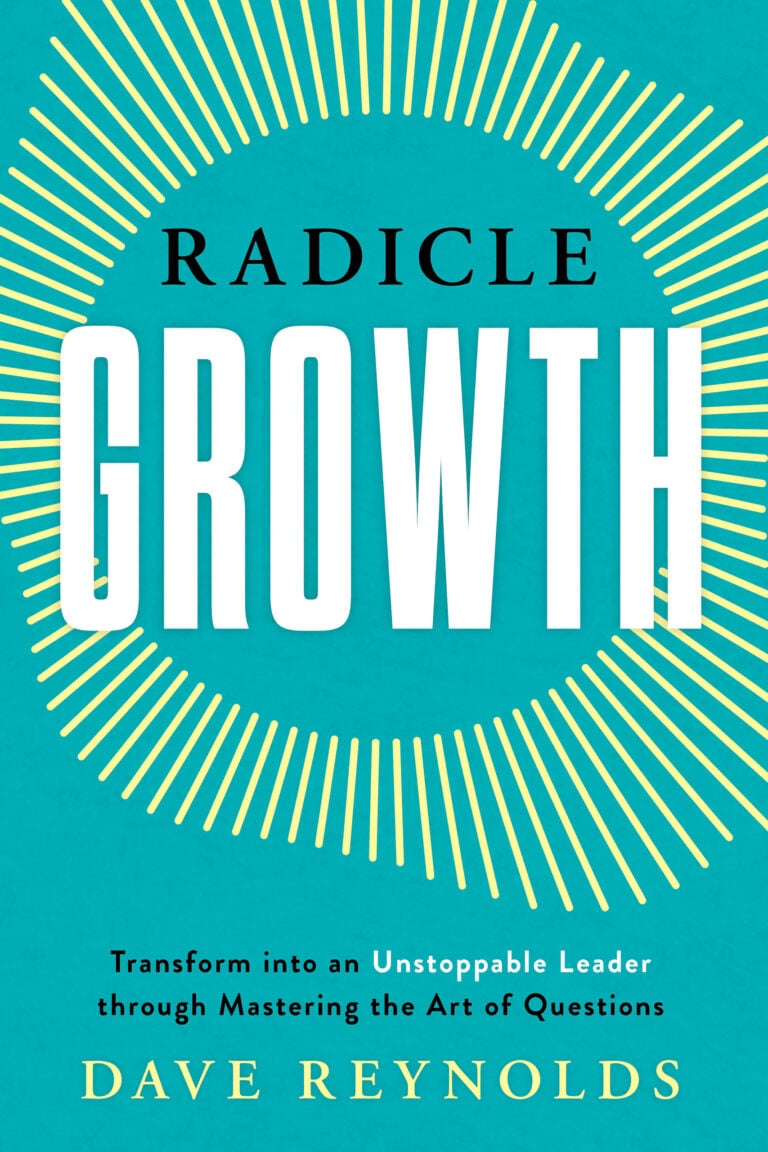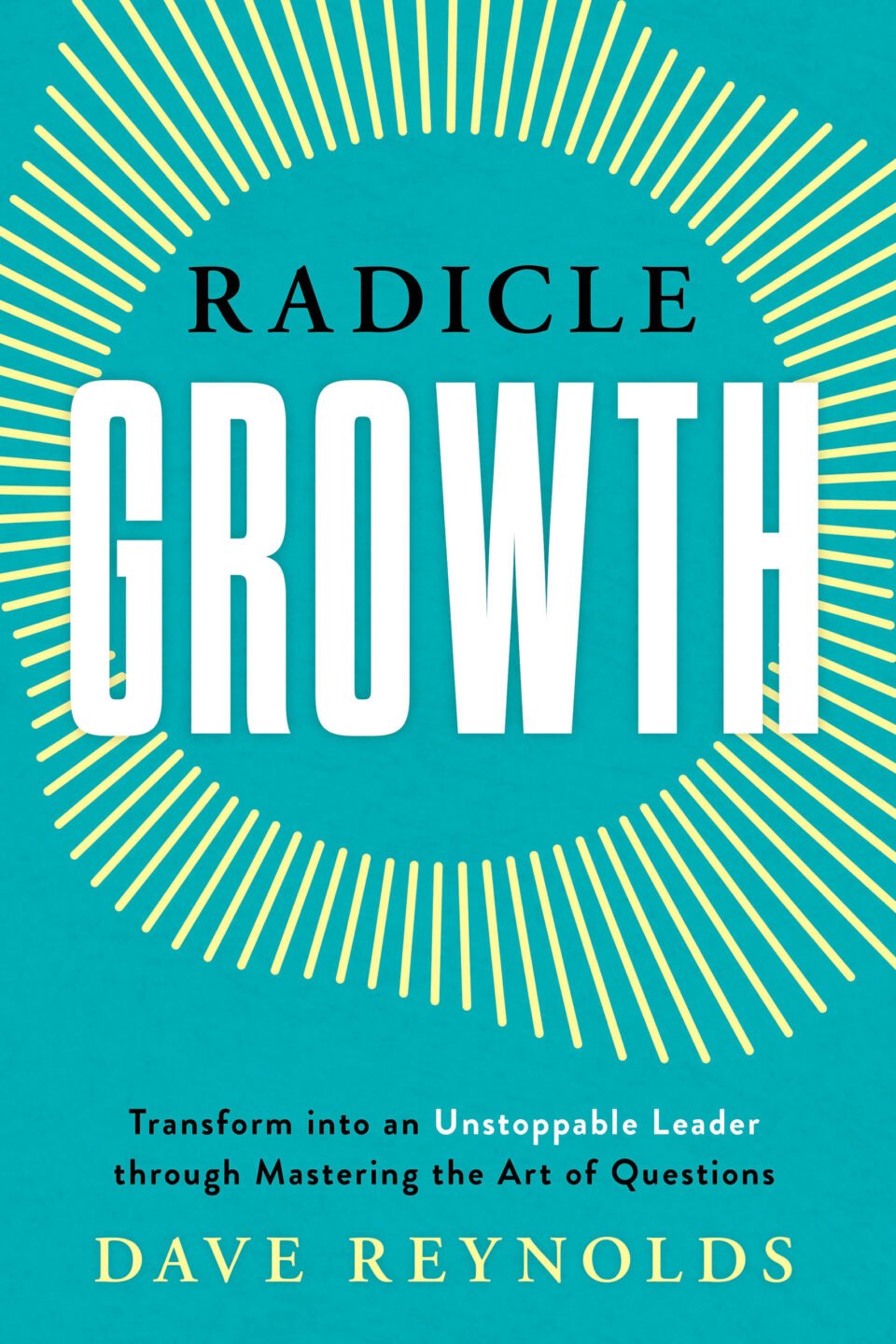Dave Reynolds’s business self-help book RADICLE GROWTH: Transform into an Unstoppable Leader through Mastering the Art of Questions details how and why a boss or business coach should ask questions of their employees to build stronger relationships, work through productivity struggles, and enable personal and professional development.
The book begins by establishing a practical understanding that business relationships are like bank accounts with investments and withdrawals. This pragmatic approach to coaching encourages taking time to learn about an employee before discussing ways they can improve. The book’s voice is approachable, avoiding business jargon, and extends empathy to both coach and coachee by impressing on the former that they should be patient and not rush through the “discovery phase” (for the benefit of both parties). While getting to know someone can take months, in the end, this process builds trust that will make the employee more honest with their boss. Further unique and inspiring advice includes cautioning against making assumptions about an employee and prioritizing their “needs” over their weaknesses by asking what support would help them succeed, rather than what their problem areas are.
When the book’s language is concise, these gems of wisdom shine, as when Reynolds advocates asking “what” instead of “why” to provoke more precise answers: “Rather than asking, ‘Why did I rip into Bob about those quarterly reports?’ ask yourself, ‘What contributed to my unhelpful reaction to those quarterly reports?’ With that question, you’re free to consider any number of contributing factors.” However, the narrative meanders from concept to concept with vagueness, repetition, and muddled structure. A section titled “What Is Self-Awareness?” for instance, never defines the term but rather describes why it is beneficial to be self-aware. A coach taking responsibility for their employees’ misunderstandings is asserted multiple times with no new spin on the suggestion. Understandably, the book does not name Radicle Growth clients (to avoid breaches of privacy); however, lack of specificity leaves examples of the method in action feeling vague and impractical. Even hypotheticals that attempt universality are ambiguous: “So, part of the conversation typically involves looking back and asking, ‘What should we have done differently, and when should we have done that?’ When you do that, you often get the information you need to prevent that problem from recurring.” Here, as in many other chapters, the use of “that” is confusing in its lack of precision.
The conclusion of each chapter features thoughtful, if brief, activities for a coach to use RADICLE GROWTH’s advice and cites sources that include other business books. Some declarations are not sourced, such as this statement: “When you ask someone a question, it triggers a mental reflex known as ‘instinctive elaboration.’ The question takes over a person’s thinking process and the brain cannot contemplate other matters.” Nevertheless, the book’s authoritative voice lends credence to its ideas.
While RADICLE GROWTH’s focus on relationships and conversations inspires, its muddled structure diminishes its clarity.
While Dave Reynolds’s RADICLE GROWTH: Transform into an Unstoppable Leader through Mastering the Art of Questions offers insightful suggestions for asking more probing questions of employees, it lacks the precision and succinctness that may make the advice more tangible and actionable.
~Aimee Jodoin for IndieReader


